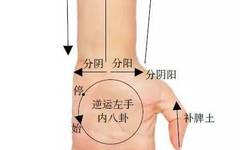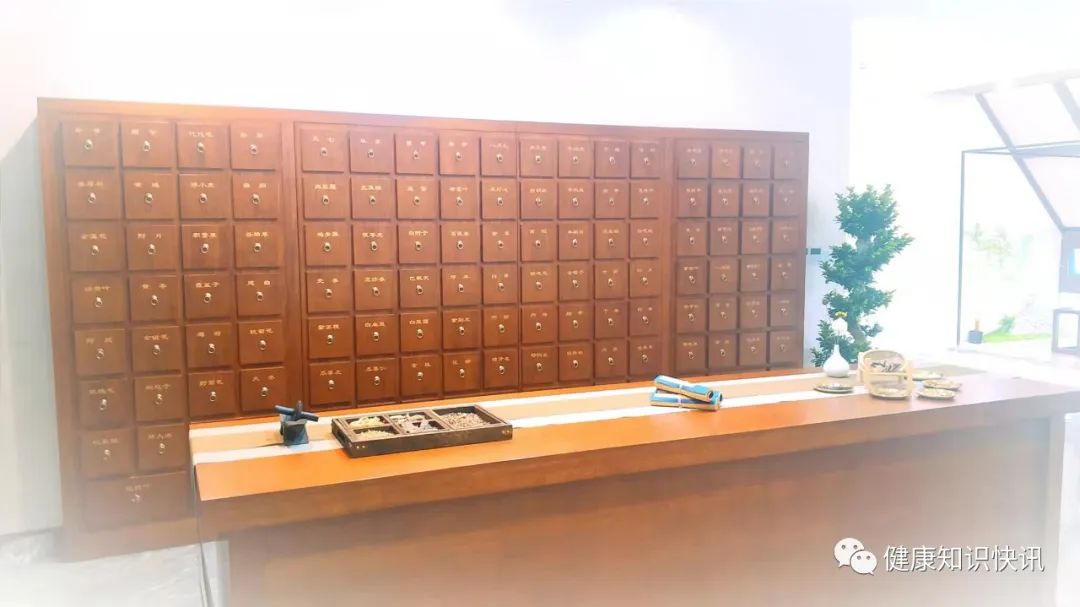
Click to Follow
Return to Previous Content
▼▼▼
▼▼
▼
Note: The following content is described using the left hand as an example.
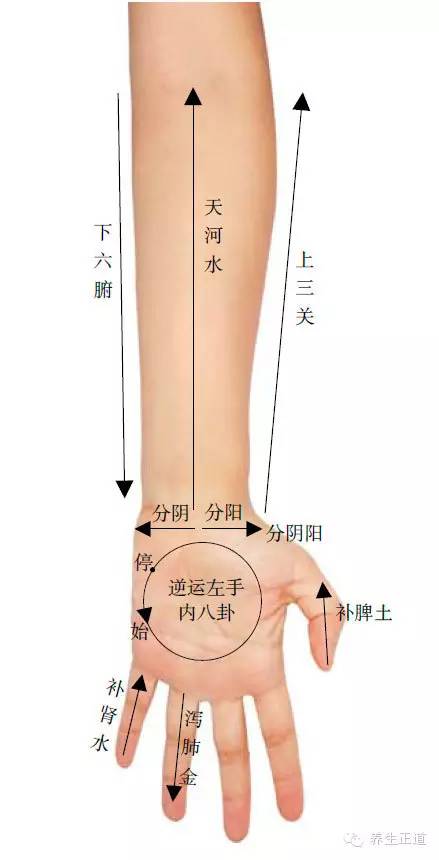
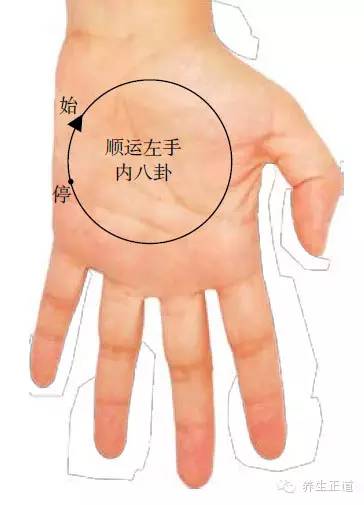

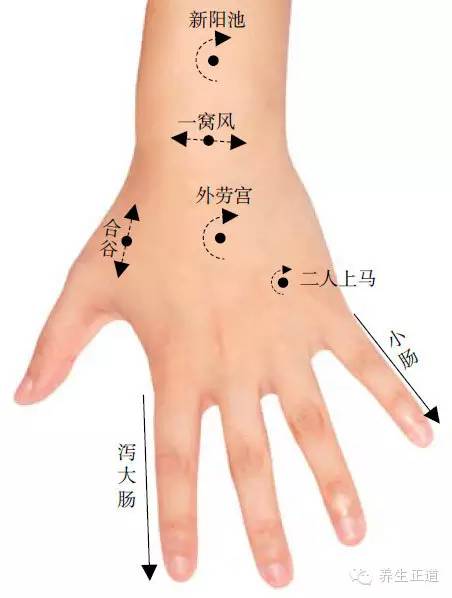
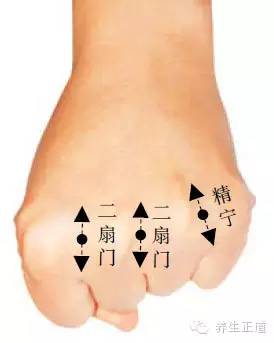
1. Tianhe Shui (Heavenly River Water)
Location: On the palmar side of the forearm, in a straight line from the midpoint of the wrist crease to the midpoint of the elbow crease.
Function: Clears heart fire, calms the spirit, alleviates irritability, promotes urination, transforms heat phlegm, and reduces fever caused by heart fire. This point is cool in nature and should be avoided in cases of deficiency-cold.
Technique: Push towards the center from the wrist crease to the elbow crease for 1-10 minutes.
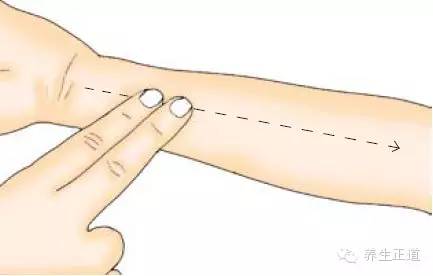
2. Zong Jin Xue (General Tendon Point)
Location: At the midpoint of the wrist crease on the dorsal side of the hand.
Function: Clears heart fire, alleviates irritability, reduces mouth sores, lowers blood pressure, and promotes calmness and sleep. This point is cool in nature and should be avoided in cases of deficiency-cold.
Technique: Rub clockwise or side to side for 3-5 minutes.
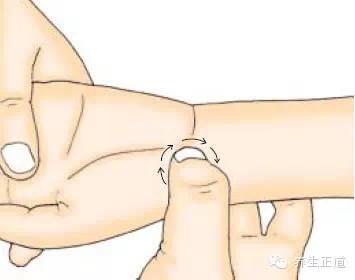
3. Xiao Tian Xin Xue (Small Heavenly Heart Point)
Location: In the depression at the junction of the thenar and hypothenar eminences on the palm.
Function: Opens the entire meridian system, clears heart fire, induces sweating to expel pathogens, calms the spirit, stops tremors, and promotes sleep.
Technique: Rub clockwise for 3-10 minutes.

4. Yin Yang Xue (Yin Yang Point)
Location: At the base of the palm, starting from the Xiao Tian Xin Xue, push to both sides to create the Yin Yang points. Pushing towards the thumb side creates the Yang point, while pushing towards the little finger side creates the Yin point.
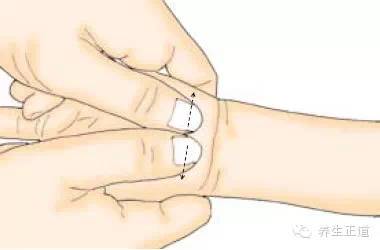
Function: Balances Yin and Yang, alleviates food stagnation, transforms phlegm, and aids digestion. Pushing the Yang point is suitable for those with excess cold in the body; pushing the Yin point is suitable for those with excess heat.
Technique: Push the Yin and Yang points with the thumbs from the Xiao Tian Xin Xue to both sides for 2-5 minutes. ① For Yang point: Push from Xiao Tian Xin Xue towards the thenar for 2-5 minutes. ② For Yin point: Push from Xiao Tian Xin Xue towards the hypothenar for 2-5 minutes.
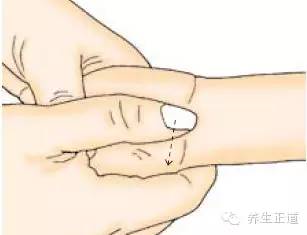
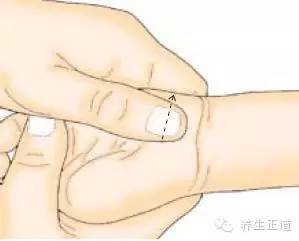
5. Xin Ban Men Xue (New Board Gate Point)
Location: At the junction of the thenar and the back of the hand at the red-white flesh boundary.
Function: Clears heat from the spleen and stomach, regulates qi stagnation, transforms food stagnation, and stops vomiting and diarrhea caused by stomach heat.
Technique: Push back and forth (clearing method) for 5-10 minutes for mild stomach heat; push away from the center (draining method) for 5-15 minutes for significant stomach heat or upward qi reversal.
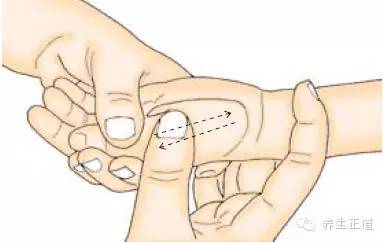
6. Pi Tu Xue (Spleen Earth Point)
Location: On the radial side of the thumb, at the red-white flesh boundary.
Function: Increases spleen yang, transforms spleen dampness, disperses spleen cold, enhances appetite, transforms cold phlegm, and reduces fever caused by cold evil. This point is warm in nature and should be avoided in cases of internal heat.
Technique: Bend the thumb and push towards the center from the tip of the thumb to the base for tonifying method. Use tonifying method for 3-10 minutes when spleen yang is deficient.
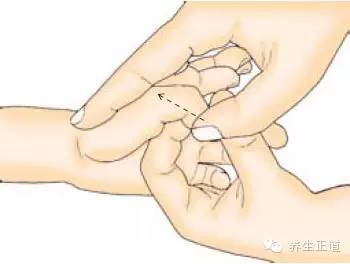
7. Nei Ba Gua Xue (Inner Eight Trigrams Point)
Location: On the palm, with the center of the palm as the center point, drawing a circle with a radius of about 2/3 of the distance from the center to the horizontal line of the middle finger root, creating the eight trigrams: Qian, Kan, Gen, Zhen, Xun, Li, Kun, and Dui.
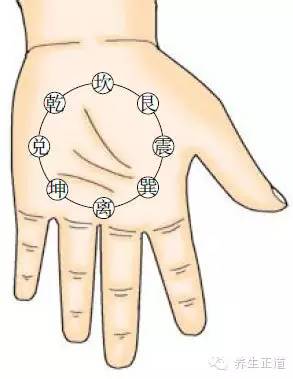
Function: Counterclockwise movement of the left hand’s inner eight trigrams can lower qi, expel pathogens, transform phlegm, stop cough, and relieve asthma; clockwise movement can raise qi, suitable for those with insufficient yang qi, excessive appetite, or organ prolapse.
Technique: Perform circular movements. ① Clockwise movement of the left hand’s inner eight trigrams: Start from Qian trigram, rotate clockwise continuously, and stop at Dui trigram, operating for 2-10 minutes. ② Counterclockwise movement: Start from Dui trigram, rotate counterclockwise continuously, and stop at Qian trigram, operating for 2-20 minutes.
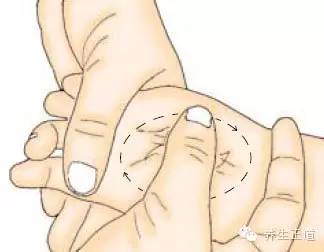
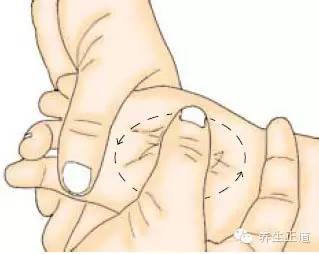
8. Xin Si Heng Wen Xue (New Four Horizontal Lines Point)
Location: On the palm, at the horizontal lines of the index, middle, ring, and little fingers.
Function: Promotes qi, transforms food stagnation, alleviates abdominal distension, clears heat from the spleen and stomach, and enhances appetite.
Technique: Push method. Use the thumb to push up and down in the order of index – middle – ring – little finger.
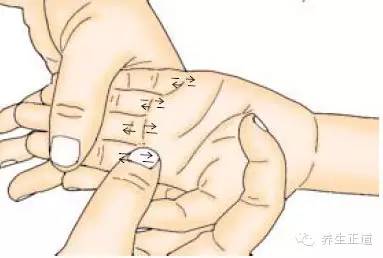
9. Xin Xiao Heng Wen Xue (New Small Horizontal Lines Point)
Location: On the palm, in the gap between the fifth metacarpal and the fifth phalanx joint.
Function: Opens lung qi, transforms phlegm, reduces fever, alleviates abdominal distension, and relieves liver qi stagnation.
Technique: Rub clockwise or side to side for 5-10 minutes.
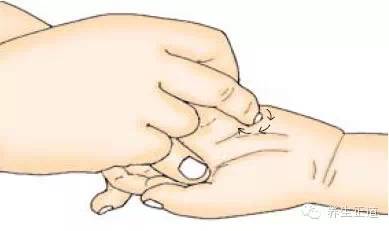
10. Shen Shui Xue (Kidney Water Point)
Location: The entire palmar surface of the little finger.
Function: Nourishes the liver and brightens the eyes, tonifies the kidneys and benefits the brain, stops kidney deficiency cough. Can be paired with heat points to tonify kidney yang, or with cooling points to tonify kidney yin. Avoid excessive tonification of kidney water to prevent digestive issues.
Technique: Push towards the center (from the tip of the little finger to the base) for 5-20 minutes; kidney water can only be tonified, not drained.
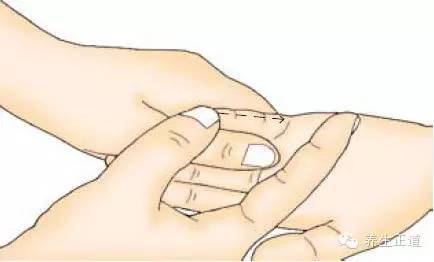
11. Xin Shen Ding Xue (New Kidney Top Point)
Location: The entire fingertip of the little finger.
Function: Stops sweating, reduces edema or cysts, and consolidates vital energy.
Technique: Rub clockwise for 2-10 minutes.
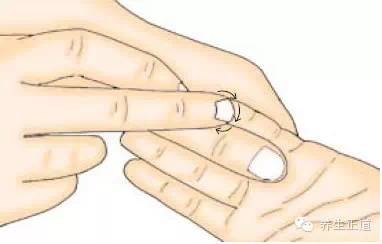
12. Fei Jin Xue (Lung Metal Point)
Location: The entire palmar surface of the ring finger.
Function: Clears lung heat, benefits the throat, stops cough, promotes bowel movements.
Technique: Push back and forth (clearing method) for 3-10 minutes for mild lung fire; push away from the center (draining method) for 3-10 minutes for strong lung fire; push towards the center (tonifying method) for 3-10 minutes for lung qi deficiency or lung cold.
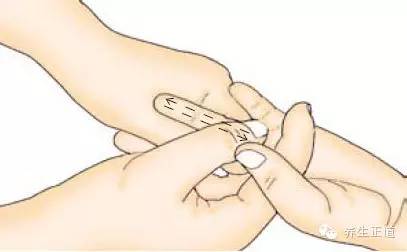
13. Shang San Guan Xue (Upper Three Passes Point)
Location: On the radial side of the forearm, in a straight line from the wrist crease to the elbow crease.
Function: Tonifies yang qi, invigorates blood circulation, disperses cold, induces sweating, and reduces fever (caused by cold evil). This point is warm in nature and should be avoided in cases of internal heat.
Technique: Push towards the center for 2-10 minutes.
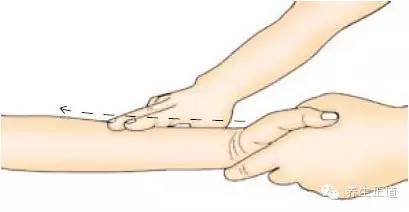
14. Da Chang Xue (Large Intestine Point)
Location: On the radial side of the index finger, in a straight line from the tip of the index finger to the space between the thumb and index finger.
Function: Stops diarrhea, clears heat from the large intestine.
Technique: Push back and forth (clearing method) for 3-15 minutes for mild intestinal heat; push away from the center (draining method) for 3-15 minutes for significant intestinal heat.
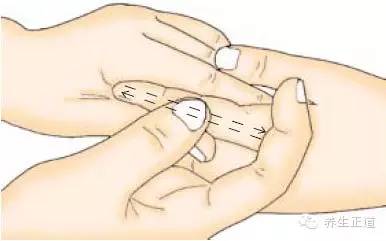
15. Xiao Chang Xue (Small Intestine Point)
Location: On the ulnar side of the little finger, in a straight line from the tip of the little finger to the base.
Function: Stops abdominal diarrhea, promotes urination, and clears heart fire.
Technique: Push away from the center, using the thumb, index, or middle finger from the base of the little finger to the tip for 5-15 minutes.
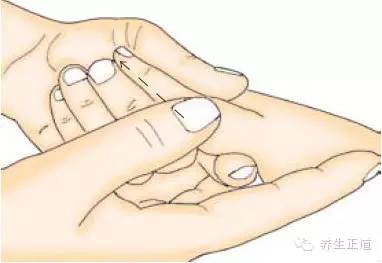
16. Xia Liu Fu Xue (Lower Six Fu Points)
Location: On the ulnar side of the forearm, in a straight line from the elbow crease to the wrist crease.
Function: Cools the blood, stops bleeding, detoxifies, reduces fever caused by excess heat, reduces inflammation, and transforms heat phlegm. This point is cold in nature and should be avoided in cases of deficiency-cold.
Technique: Push away from the center for 3-10 minutes.
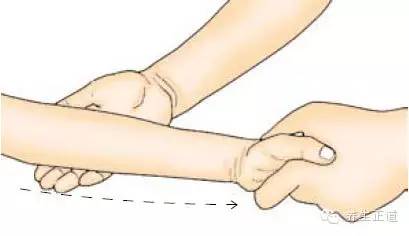
17. Yi Wo Feng Xue (One Nest Wind Point)
Location: In the central depression of the wrist crease on the back of the hand.
Function: Induces sweating, reduces fever, and expels external pathogens.
Technique: Rub side to side for 3-10 minutes.
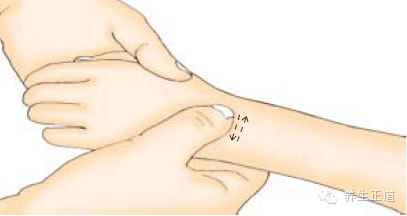
18. Xin Yang Chi Xue (New Yang Pool Point)
Location: On the dorsal side of the forearm, about 1 inch above the Yi Wo Feng Xue, in the depression where the radius and ulna intersect. Simple method to locate: Measure from the center of the wrist joint to the back of the forearm using the middle joint of the middle finger; the distance from Yi Wo Feng Xue is exactly the length of the middle joint of the middle finger.
Function: Promotes urination, clears the brain, stops dizziness and headaches, lowers intracranial pressure, reduces blood pressure, and promotes bowel movements.
Technique: Rub clockwise for 2-10 minutes.
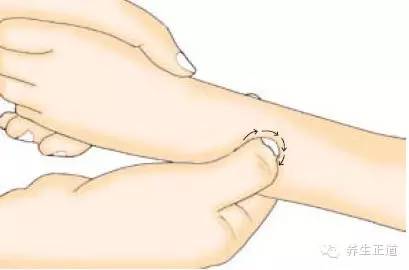
19. Wai Lao Gong Xue (Outer Labor Palace Point)
Location: On the back of the hand, opposite to Nei Lao Gong, at the midpoint of the third metacarpal bone.
Function: Tonifies yang qi, alleviates abdominal pain or joint cold pain, and consolidates yin water. This point is warm in nature and should be avoided in cases of internal heat.
Technique: Rub clockwise for 3-10 minutes.

20. Er Ren Shang Ma Xue (Two People on Horseback Point)
Location: In the depression between the ring finger and little finger at the metacarpophalangeal joint.
Function: Promotes urination, dispels dampness, tonifies kidney yin, and directs “fire” downwards. Can be paired with heat points to tonify yang and promote urination; with cooling points to clear heat and promote urination.
Technique: Rub clockwise or up and down for 3-15 minutes.
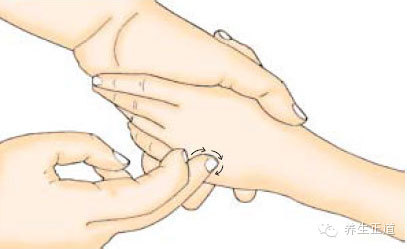
21. Er Shan Men Xue (Two Doors Point)
Location: In the depressions on both sides of the base of the middle finger (in front of the metacarpophalangeal joint).
Function: Induces sweating, reduces fever, and stops wheezing.
Technique: Up and down rubbing, using the index and middle fingers to press the point, rubbing up and down for 2-10 minutes. This point should not be used if there is fever accompanied by excessive sweating.
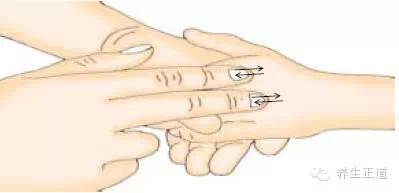
22. He Gu Xue (Union Valley Point)
Location: On the back of the hand, between the first and second metacarpal bones, at the midpoint of the radial side of the second metacarpal bone. Simple method to locate: Bring the thumb and index finger together; the highest point of the muscle at the joint is the point.
Function: Lowers lung and stomach qi, clears the throat, alleviates sore throat and toothache, stops vomiting, enhances appetite, clears intestinal heat, and promotes bowel movements.
Technique: Rub clockwise or up and down for 2-10 minutes.
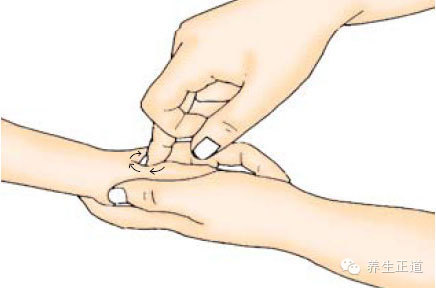
23. Shen Wen Xue (Kidney Pattern Point)
Location: On the palm, at the horizontal line of the second joint of the little finger.
Function: Clears heart heat and liver heat, brightens the eyes, alleviates redness, swelling, heat pain, and dryness of the eyes, transforms heat stasis, stops eye bleeding and nosebleeds, and reduces high fever. Can be used for true heat and false cold conditions.
Technique: Rub clockwise or side to side for 5-10 minutes.

24. Jing Ning Xue (Calm Essence Point)
Location: On the back of the hand, between the fourth and fifth metacarpal bones.
Function: Transforms heat phlegm, invigorates blood, breaks blood stasis, and disperses lumps. Used for eye bleeding, redness, swelling, pain, pterygium, cataracts, etc.
Technique: Press the point and rub up and down for 2-10 minutes.
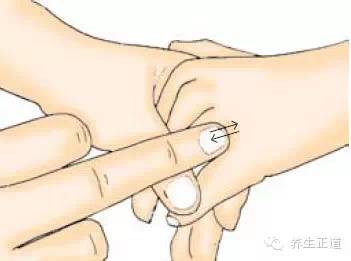
⊙ Editor:Gao Weifeng
Applying Traditional Chinese Medicine, promoting TCM
Spreading TCM, carrying forward TCM
Glorifying TCM, shining TCM
Persisting in TCM, achieving a world without illness
▼▼▼
▼▼
▼
Search on Kuaishou: g53888058 (@Ancient TCM)
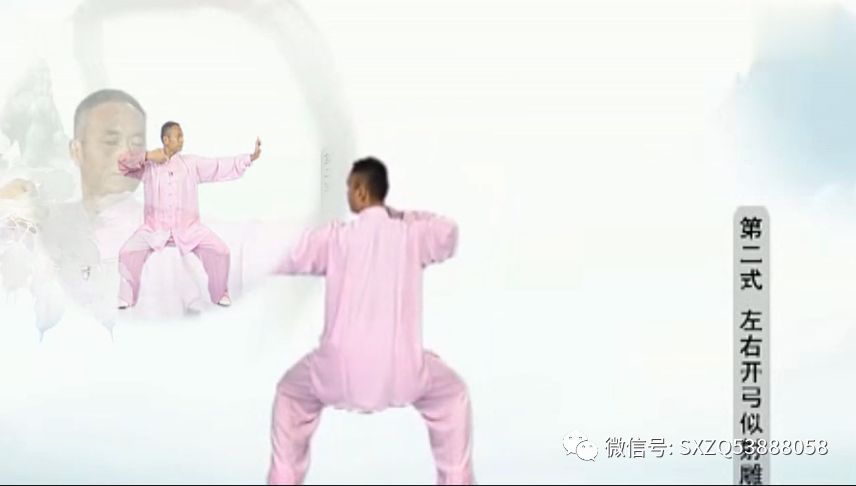
Click to enter → Complete explanation of Ba Duan Jin for health enhancement


· END ·

Your likes, comments, and shares are the greatest encouragement for me
If you find this article useful
Please share and forward it to your friends
You can also leave us a message, thank you
▼

 More exciting content, please follow us
More exciting content, please follow us
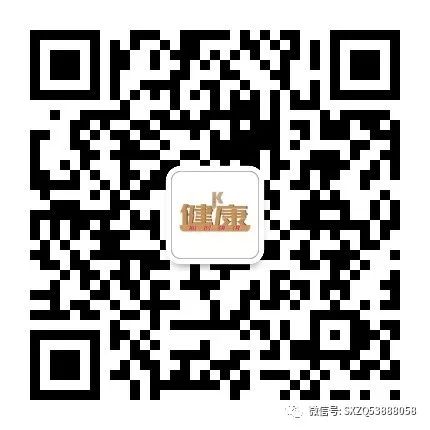
Long press to recognize the QR code
Follow for more health knowledge
 Currently, over 100,000 people have followed and joined us
Currently, over 100,000 people have followed and joined us














Recent Popular Articles
Magical Acupoints for Quick Pain Relief
There is a miraculous acupoint in the human body that can unblock qi and blood throughout!
[Pediatric Tuina] Tuina Therapy for Pediatric Abdominal Pain
[Pediatric Tuina] Tuina Therapy for Pediatric Constipation
[Pediatric Tuina] Tuina Treatment for Pediatric Cough
[Pediatric Tuina] Baby Wheezing, Caused by Stomach Issues
[Cupping Tutorial 4] Cupping Therapy for Lumbar Disc Herniation
[Cupping Tutorial 3] Cupping Therapy for Cervical Spondylosis
[Gua Sha Tutorial 2] Gua Sha Therapy for Cervical Spondylosis
[TCM Classroom] Summary Table of 117 Commonly Used Chinese Herbs and Their Effects
[Pediatric Tuina Teaching] Don’t Worry About Baby’s Food Stagnation, Learn These Tuina Methods Quickly!

